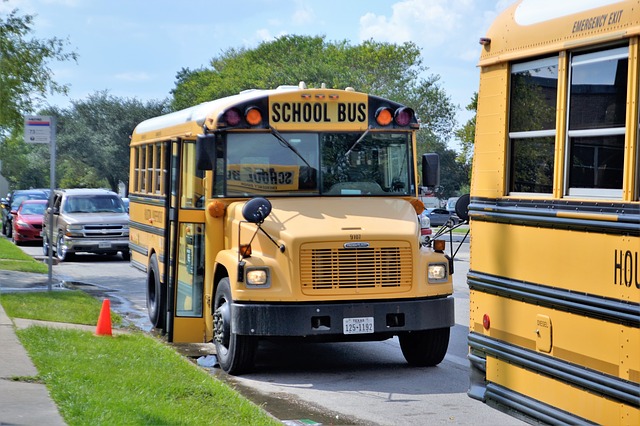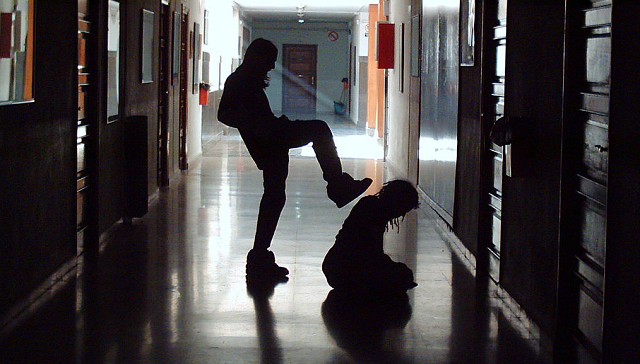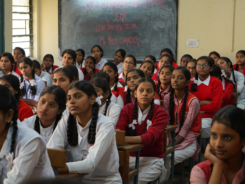Uniforms has been a controversial topic in US public schools, and specifically for the kids wearing them. A research firm has found that the majority of students does not want to wear school uniforms. The information comes from a survey of adults with school-age children. Uniforms do not promote individuality. They are expensive and too old-fashioned for the new generation as it does not follow any of the current fashion trends. No wonder, they do not flatter anyone.
 Whatsoever, when students hit the public schools this session, a lot of them will be wearing uniforms than they did a decade ago. At the end of school year 2016-17, 21.5 percent of US public schools mandated students to wear uniforms, as per the statistics provided by National Center for Education Statistics. Comparing it to 2016, that’s a raise of 13.8 percent.
Whatsoever, when students hit the public schools this session, a lot of them will be wearing uniforms than they did a decade ago. At the end of school year 2016-17, 21.5 percent of US public schools mandated students to wear uniforms, as per the statistics provided by National Center for Education Statistics. Comparing it to 2016, that’s a raise of 13.8 percent.
US is not like all the other countries out there like UK that have a culture of students wearing uniforms except private schools. The first documented conversations on the subject only began in the 1980s. The primary intent of bringing uniform into the system was that they would help curb incidents of violence, including gang violence.
Ever since then, schools used uniforms for different reasons. They believe that uniforms bring a sense of community among peers and fosters seriousness about learning. However, there is no evidence that they boost student performance by any measure.
We can say that uniforms promote equality among peers. When children are dressed in the same clothes, they don’t make judgements about clothes and what others are wearing. That serves kind of like an equalizer for administration.
Incepted in 2006, Success Academy has mandates wearing a uniform since the opening of school. Now, the school has more than 17,000 students across 47 schools and everyone wears a uniform. The school says that uniform has been particularly beneficial in their racially and ethnically diverse schools. Not only this, they are pragmatic and cost-effective, as parents don’t have to worry about having their kids up to the fashion.
Coming to the prices, they may vary a lot. In United Kingdom, the charity Family Action warned in 2011 that uniforms were putting a financial burden on poor families. Parents also came up with complaints about the expense on occasions.
In the UK, 80 percent and more schools have made schools uniforms compulsory and the number is still growing. There is a rise and the stronger focus is not on a generic uniform that all kids wear in all schools but somethings that actually distinguishes schools.
Uniform is more embedded in the culture of UK. Also, students tend to like the uniform more if they were involved in the design process.



































